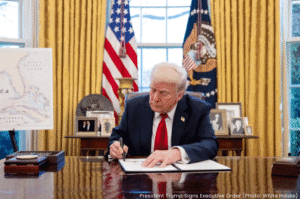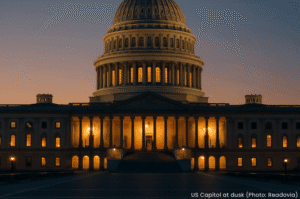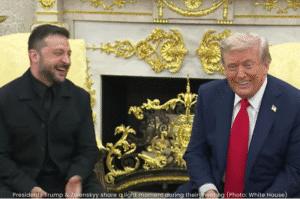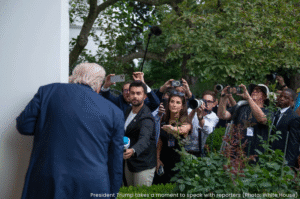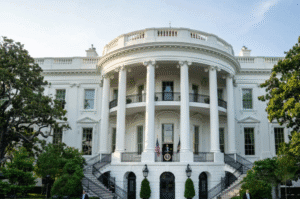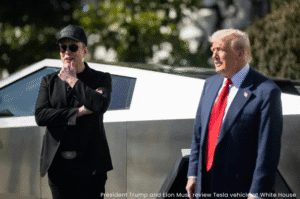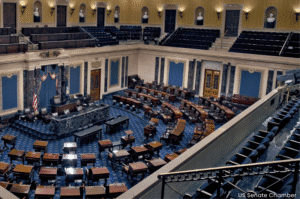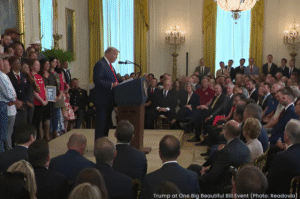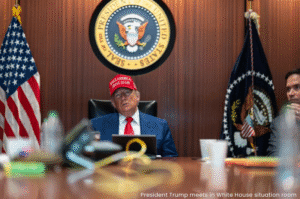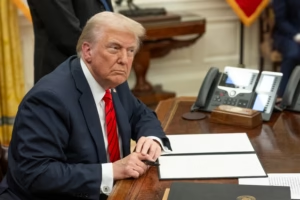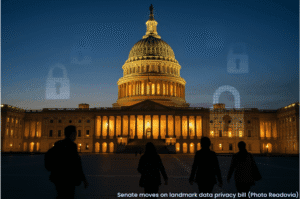Elon Musk has officially launched the America Party, positioning it as a centrist alternative to Republicans and Democrats. In a flurry of posts, Musk framed the new political movement as a way to “restore freedom,” pledging to back candidates in key House and Senate races during the 2026 midterms. The party’s early platform focuses on fiscal conservatism, AI-driven national defense, and what Musk calls a “pro-family, pro-future” agenda.
The move sent shockwaves through financial markets. Tesla shares plunged nearly 8%, erasing an estimated $68 billion in value within days. Investors and analysts quickly voiced concern that Musk’s growing political ambitions are distracting him from Tesla’s core business at a critical time—especially with the company’s robotaxi rollout on the horizon and sales performance under pressure.
Some financial institutions have already downgraded Tesla’s outlook, citing leadership uncertainty. One analyst warned that if Musk splits his focus between running a political operation and leading Tesla, the company’s ability to execute could falter.
The reaction from Washington has been equally dramatic. Musk’s decision to launch his own political party reportedly stems from his disillusionment with former allies in the GOP—particularly after recent legislative developments. In response, Trump dismissed the party as “a train wreck waiting to happen.”
Critics say Musk may underestimate the logistical and legal barriers to building a viable third party, especially in states with tough ballot access laws. But supporters argue that with Musk’s brand, influence, and billions in funding, even a limited America Party showing could shake up key races.
The bigger question: can Elon Musk realistically run a car company, a space company, and now, a political party—without breaking something along the way?
The Author

Ellis Grant
Staff Writer, Readovia



